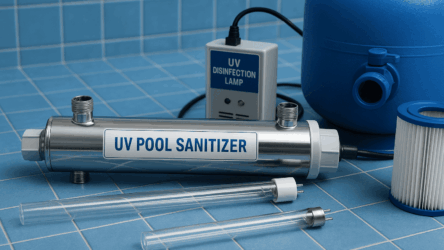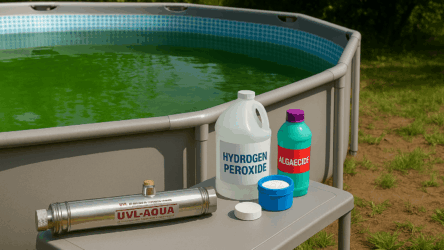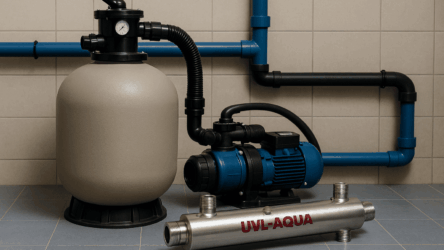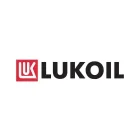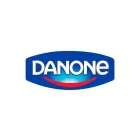In the wake of recent global health challenges, ensuring safety and hygiene in educational institutions has become a top priority. Schools, colleges, and universities worldwide are actively seeking advanced solutions to minimize the spread of viruses and bacteria among students and staff. One of the most effective methods for achieving this is ultraviolet (UV) disinfection.
Ultraviolet disinfection (UV-C technology)
UV-C disinfection utilizes short-wavelength ultraviolet light to eliminate harmful microorganisms, including viruses, bacteria, and mold spores, both in the air and on surfaces. In classrooms and auditoriums, where students and teachers spend extended periods of time, the integration of UV recirculators serves as a powerful air purification and disinfection tool.
A key advantage of UV-C disinfection is its proven ability to neutralize viruses such as SARS-CoV-2 and other airborne pathogens, preventing their transmission. These systems can be installed within HVAC (heating, ventilation, and air conditioning) systems or as standalone air recirculators designed to continuously disinfect indoor air.
Additionally, UV disinfection is safe when used correctly. Many modern UV recirculators are designed to operate only when no people are present in the room, ensuring a risk-free environment for students and staff.
How to choose the right UV recirculator for a school
- Disinfection efficiency. The effectiveness of a UV recirculator depends on the power of the UV lamps and the duration of exposure. High-performance models provide maximum microbial reduction, ensuring a safer learning environment.
- Room coverage capacity. It is essential to select a recirculator with sufficient power to match the size of the classroom or auditorium. Always check the manufacturer’s specifications to ensure complete air circulation within the designated area.
- Safety compliance. UV-C systems must meet international safety standards to prevent direct human exposure to UV rays. Proper installation and maintenance by professionals is highly recommended.
- Operational timing. Consider how and when the system will operate. Some UV recirculators can be programmed to function during non-teaching hours (e.g., at night or between classes), ensuring continuous air disinfection without interrupting lessons.
- Reputation and reliability. Before purchasing, review feedback from other educational institutions that have implemented UV recirculators. Verified user experiences can provide valuable insights into product effectiveness and maintenance requirements.
Final thoughts
Investing in high-quality UV recirculators helps maintain a safe and hygienic environment in schools, reducing the risk of airborne disease transmission. By carefully selecting and installing the right system, educational institutions can ensure a healthier learning atmosphere for students, teachers, and staff.
Implementing UV-C disinfection as part of a broader hygiene strategy can significantly reduce infection risks while supporting uninterrupted learning. Schools should carefully plan their approach and adhere to all necessary safety protocols to maximize the benefits of this advanced technology.


